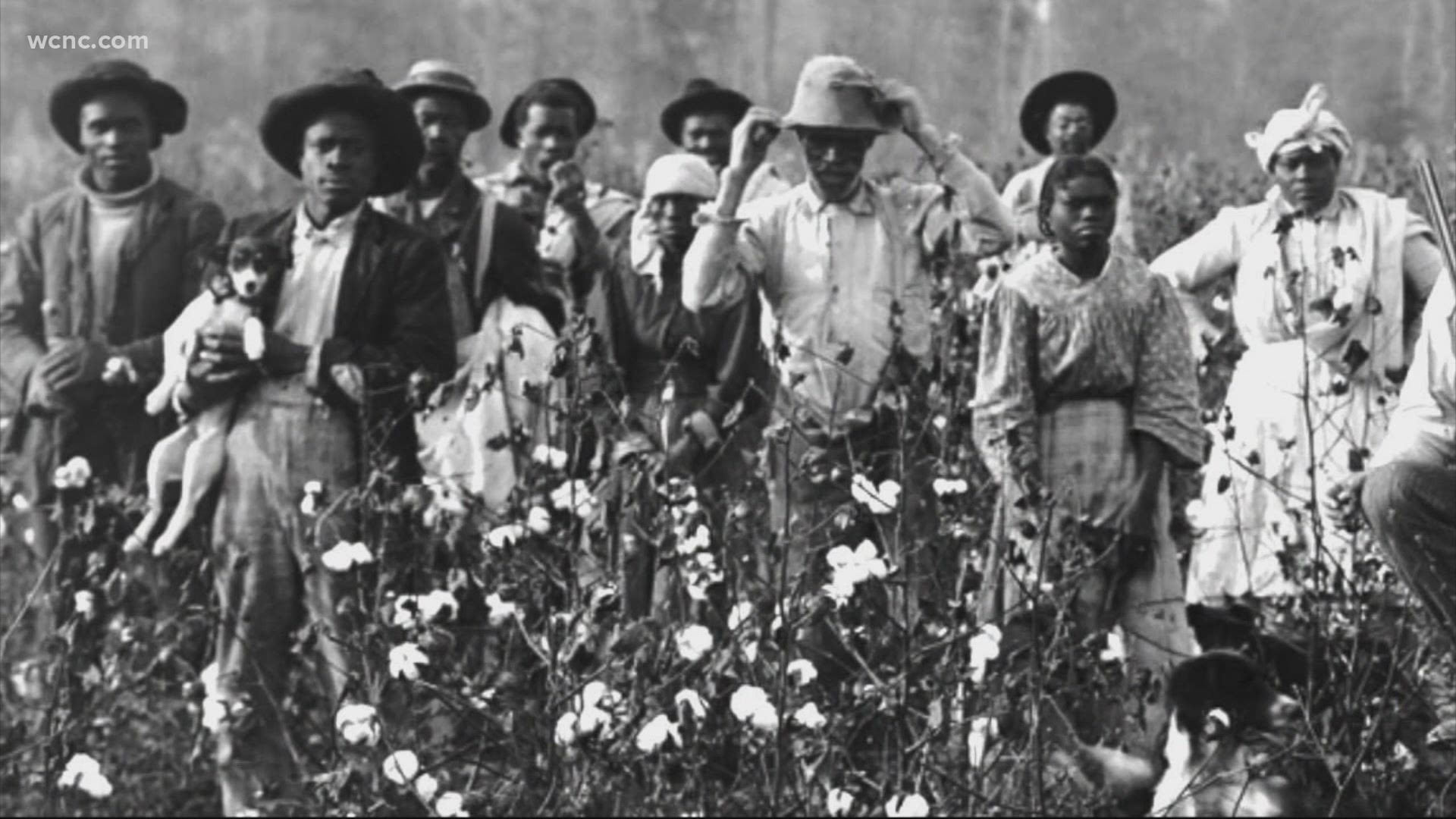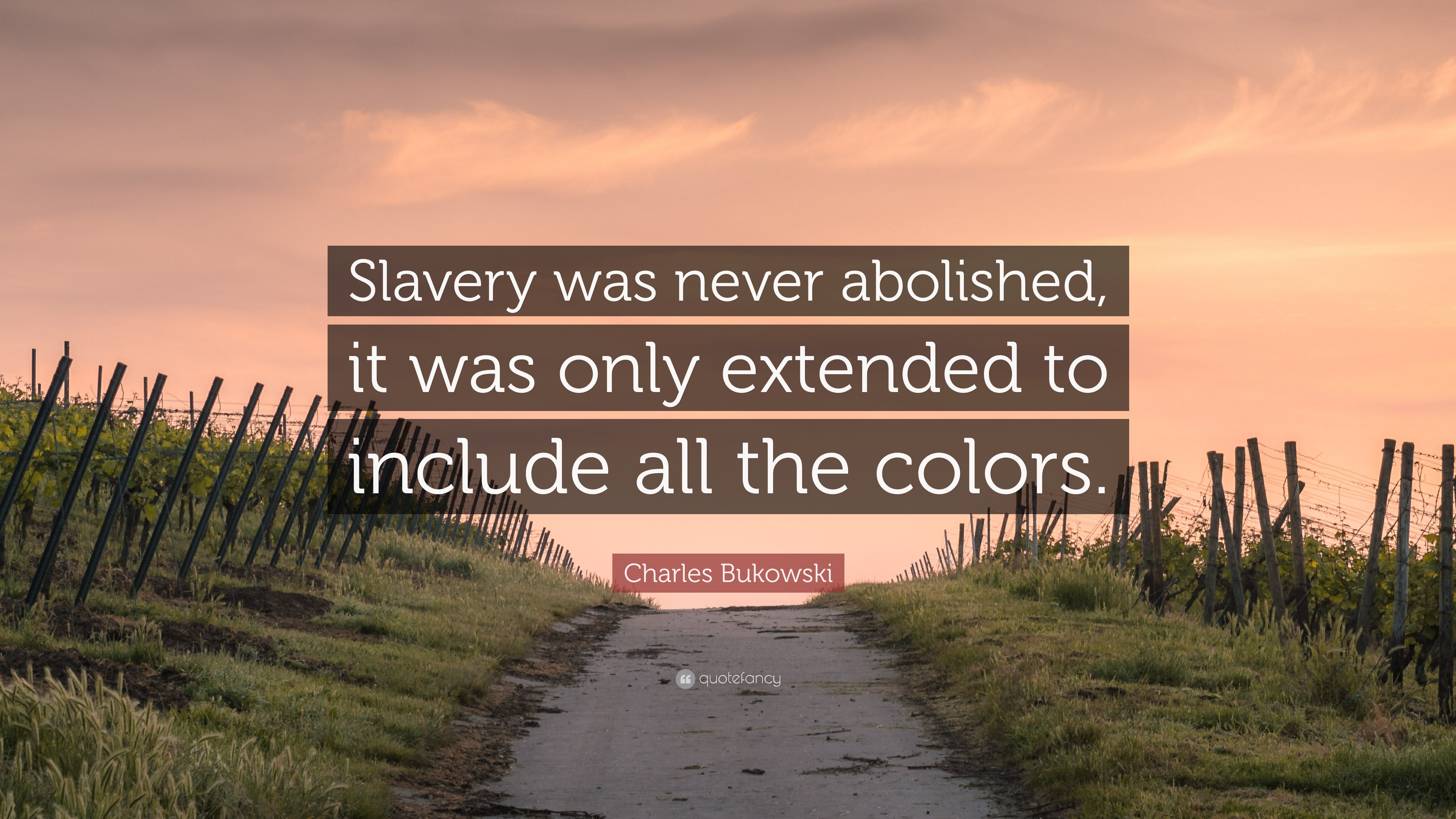Table of Contents:
Slavery is one of the darkest chapters in human history, a system that dehumanized millions of people and shaped the course of nations. Understanding when slavery was abolished is crucial to appreciating the progress humanity has made in the fight for equality and human rights. This article delves into the timeline of slavery's abolition across the globe, exploring its historical roots, the key events that led to its end, and the challenges that followed. From the United States to the British Empire and beyond, the abolition of slavery marked a turning point in global history.
Slavery has existed in various forms for thousands of years, but its abolition as a legal institution is a relatively recent phenomenon. The question of when was slavery abolished often arises in discussions about human rights and social justice. While the answer varies depending on the region and context, the abolition of slavery is a testament to humanity's ability to recognize injustice and work toward change. In this article, we will explore the key milestones in the abolition of slavery, shedding light on the people, movements, and events that shaped this transformative period.
Read also:Timothy Granaderos Partner A Comprehensive Guide To His Career And Collaborations
The abolition of slavery was not an overnight process but rather a series of legislative and social reforms that unfolded over decades. These reforms were driven by the tireless efforts of abolitionists, activists, and ordinary citizens who demanded justice. By examining the timeline and context of slavery's abolition, we can gain a deeper understanding of its lasting impact on society and the work that remains to be done in addressing its legacy.
What is Slavery?
Slavery is a system in which individuals are treated as property, deprived of personal freedom, and forced to work under harsh conditions. It has taken many forms throughout history, including chattel slavery, debt bondage, and forced labor. In chattel slavery, which was prevalent in the Americas, enslaved individuals were considered the legal property of their owners and could be bought, sold, or traded.
The origins of slavery can be traced back to ancient civilizations such as Mesopotamia, Egypt, Greece, and Rome. In these societies, slavery was often justified as a means of economic production, with enslaved people performing agricultural, domestic, and manual labor. Over time, the transatlantic slave trade emerged as one of the most notorious systems of slavery, forcibly transporting millions of Africans to the Americas to work on plantations.
Slavery's abolition was a response to the growing recognition of its inhumanity and the moral imperative to end such practices. The question of when was slavery abolished is closely tied to the rise of abolitionist movements, which sought to dismantle this oppressive system and promote human dignity.
Historical Context of Slavery
To understand the abolition of slavery, it is essential to examine its historical context. Slavery was deeply entrenched in many societies, serving as a cornerstone of economic systems, particularly in the Americas and Europe. The transatlantic slave trade, which began in the 16th century, played a significant role in shaping the global economy, with enslaved Africans providing the labor force for sugar, tobacco, and cotton plantations.
By the 18th century, the moral and ethical implications of slavery began to spark widespread debate. Enlightenment thinkers such as John Locke and Jean-Jacques Rousseau challenged the legitimacy of slavery, advocating for the principles of liberty and equality. These ideas laid the groundwork for the abolitionist movement, which gained momentum in the late 18th and early 19th centuries.
Read also:Is Jalen Ramsey Gay Exploring The Rumors And Facts
The abolition of slavery was not a linear process but rather a series of interconnected events. While some countries abolished slavery early, others lagged behind, perpetuating the system for decades. Understanding the historical context of slavery provides valuable insights into the challenges and successes of its abolition.
Abolition in the United States
The abolition of slavery in the United States is a pivotal moment in history, marked by the passage of the 13th Amendment in 1865. This amendment officially ended slavery, making it illegal to hold individuals as property. However, the road to abolition was fraught with conflict, including the Civil War, which was fought in part over the issue of slavery.
Key Events Leading to Abolition
- 1808: The U.S. Congress banned the importation of enslaved people, though domestic slavery continued.
- 1857: The Dred Scott decision by the Supreme Court denied citizenship to African Americans, further polarizing the nation.
- 1863: President Abraham Lincoln issued the Emancipation Proclamation, declaring the freedom of enslaved people in Confederate states.
The abolition of slavery in the United States was a significant step toward equality, but it did not eliminate racial discrimination. The legacy of slavery continued to shape American society, leading to ongoing struggles for civil rights and social justice.
Abolition in the British Empire
The British Empire played a crucial role in the abolition of slavery, with the Slavery Abolition Act of 1833 marking a turning point. This act abolished slavery in most of the British colonies, freeing over 800,000 enslaved people in the Caribbean, South Africa, and Canada.
Factors Contributing to Abolition
- Economic Shifts: The declining profitability of slavery in some regions made it easier to phase out the system.
- Abolitionist Movements: Prominent figures like William Wilberforce and Olaudah Equiano campaigned tirelessly for abolition.
- Public Opinion: Growing awareness of the horrors of slavery fueled public demand for change.
The abolition of slavery in the British Empire set a precedent for other nations, demonstrating the power of collective action and legislative reform. However, the legacy of colonialism and exploitation persisted, highlighting the need for continued efforts to address inequality.
Abolition in Other Countries
While the United States and the British Empire are often highlighted in discussions about the abolition of slavery, other countries also played significant roles in ending this practice. The timeline of abolition varied widely, reflecting the unique historical and cultural contexts of each nation.
Examples of Abolition Around the World
- France: Slavery was abolished in 1794 during the French Revolution, though it was reinstated by Napoleon in 1802 and finally ended in 1848.
- Brazil: The last country in the Western Hemisphere to abolish slavery, Brazil ended the practice in 1888.
- Russia: Serfdom, a form of bonded labor, was abolished in 1861 under Tsar Alexander II.
These examples illustrate the global nature of the abolition movement and the diverse approaches taken to end slavery. Despite these efforts, the fight against exploitation and inequality continues to this day.
Modern Slavery: A Persistent Issue
While slavery was officially abolished in most countries by the late 19th century, modern forms of slavery persist in the 21st century. Human trafficking, forced labor, and debt bondage are examples of contemporary practices that exploit vulnerable populations. According to the International Labour Organization (ILO), over 40 million people worldwide are trapped in modern slavery.
Efforts to Combat Modern Slavery
- Legislation: Many countries have enacted laws to address human trafficking and forced labor.
- NGOs: Organizations like the Anti-Slavery International and the Walk Free Foundation work to raise awareness and advocate for change.
- Global Initiatives: The United Nations' Sustainable Development Goals include a target to end modern slavery by 2030.
The persistence of modern slavery underscores the importance of continued vigilance and action. Understanding the history of abolition provides valuable lessons for addressing these ongoing challenges.
Impact of Abolition on Society
The abolition of slavery had profound effects on societies around the world, reshaping economic, social, and political landscapes. In many countries, the end of slavery led to significant changes in labor systems, with former enslaved people transitioning to wage labor or sharecropping. However, these transitions were often accompanied by discrimination and inequality.
Positive Outcomes of Abolition
- Human Rights: Abolition marked a major step forward in the recognition of human rights and dignity.
- Legal Reforms: The abolition of slavery paved the way for broader civil rights movements.
- Economic Shifts: The end of slavery spurred industrialization and the development of new labor systems.
While abolition brought about positive changes, it also highlighted the deep-rooted inequalities that remained. Addressing these issues required sustained effort and advocacy, laying the foundation for future social justice movements.
Challenges After Abolition
Despite the abolition of slavery, many challenges persisted in the aftermath. Formerly enslaved people often faced systemic discrimination, limited access to education and employment, and ongoing social and economic marginalization. In the United States, for example, the Reconstruction era was marked by efforts to integrate freed slaves into society, but these efforts were undermined by Jim Crow laws and segregation.
Key Challenges
- Racial Discrimination: Prejudice and bias continued to affect the lives of formerly enslaved people and their descendants.
- Economic Inequality: Many former slaves struggled to achieve economic independence due to lack of resources and opportunities.
- Political Resistance: Efforts to roll back the gains of abolition were common in many regions.
These challenges underscore the importance of addressing the root causes of inequality and ensuring that the legacy of abolition translates into meaningful progress.
Conclusion
The abolition of slavery represents a monumental achievement in the fight for human rights and equality. By answering the question of when was slavery abolished, we gain a deeper appreciation for the sacrifices and struggles that made this progress possible. From the United States to the British Empire and beyond, the abolition of slavery was a testament to humanity's capacity for change and justice.
However, the work is far from over. Modern slavery and systemic inequality remind us of the ongoing need for vigilance and action. As we reflect on the history of abolition, let us commit to building a more just and equitable world. Share your thoughts on this topic in the comments below, and explore more articles on our site to learn about the ongoing fight for human rights.

